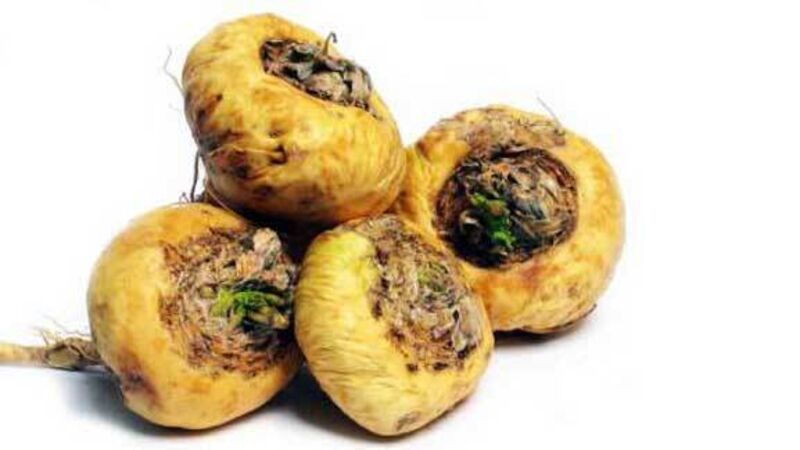Hot to grow South American crops that you might recognise from health food shops

Walk into any health store or indeed peruse the health shelf in your local supermarket and you may find maqui berry (Aristotelia chilensis), maca (Lepidium meyenii), chia (Salvia hispanica) and quinoa (Chenopodium quinoa ) sitting along side cacao (Theobroma cacao), lucuma (Pouteria lucuma) and camu-camu (Myrciaria dubia).













